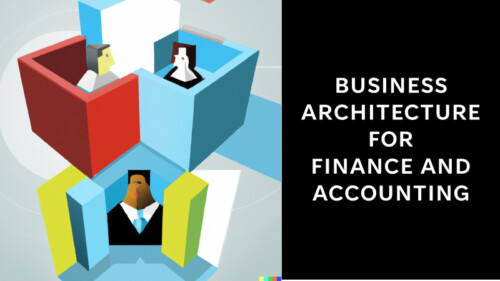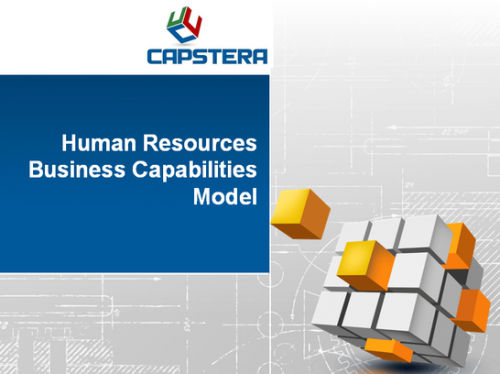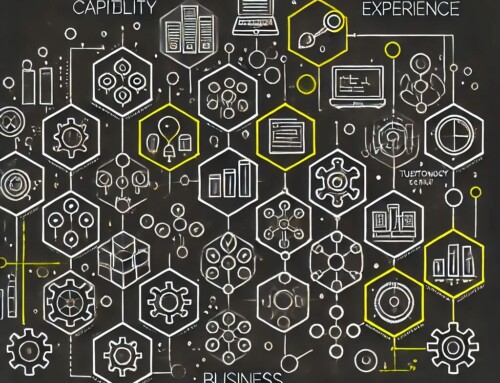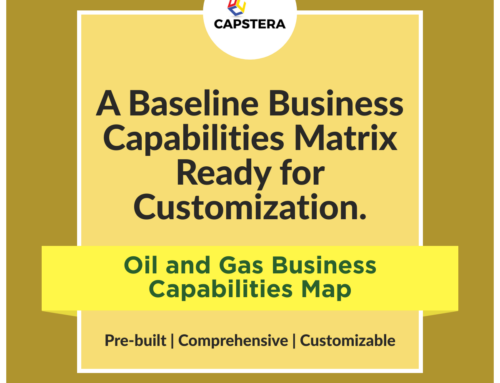
HR Business Capabilities Model Accelerates Transformation and is an essential tool for HR leaders.
In the dynamic environment of the 21st century, the Human Resources (HR) department is facing an array of challenges that demand innovative and strategic solutions. The issues range from talent scarcity and escalating expectations regarding employee experience and culture to the critical focus on diversity and inclusion.
Firstly, talent scarcity is a prominent challenge that HR is grappling with. As industries evolve and technological advancement accelerates, the skills needed in the workforce are also changing rapidly. This leads to a skills gap, making it hard for HR departments to find the right talent to fill crucial positions. This scarcity is particularly acute in the technology and healthcare sectors, where specialized knowledge and skills are paramount.
Secondly, there is a rising expectation from employees for an engaging, inclusive, and supportive work environment. Today’s workforce seeks more than just financial incentives; they demand a comprehensive package that includes a fulfilling work-life balance, growth opportunities, and a supportive culture. This calls for HR to remodel its approach, prioritizing the overall employee experience and fostering a positive organizational culture.
Furthermore, diversity and inclusion have taken center stage in organizational goals. As a result, employees and society at large are more aware of the benefits of diverse workforces and the necessity for inclusion. HR departments are therefore under pressure to ensure a fair representation of different genders, ethnicities, ages, and abilities in their workforce, which calls for unbiased recruitment, retention, and advancement policies.
Despite these challenges, there are significant opportunities for transformation that can strategically leverage these pressures. For example, with the advent of HR Tech, organizations can harness technology to attract and retain skilled employees. This includes AI and data analytics tools to streamline recruitment processes, identify skill gaps, and forecast workforce trends. Such technologies can also enhance employee experience by promoting remote working, facilitating upskilling, and simplifying administrative tasks.
Concerning diversity, HR can capitalize on the wealth of perspectives that a diverse workforce offers. This can lead to increased innovation, better problem-solving, and a more comprehensive understanding of customer needs, ultimately resulting in improved business outcomes. In addition, fostering an inclusive environment can attract a wider talent pool, enhancing the organization’s reputation and attractiveness to prospective employees.
The strategic imperative for HR transformation is clear. While the current challenges are substantial, the opportunities are equally significant. HR departments can turn these challenges into strategic advantages by adopting technology, investing in employee experience, and promoting diversity and inclusion. This is an exciting era for HR, and those who seize the moment will play an instrumental role in shaping the future of work. It is time for HR to take the lead and show the path to a resilient, inclusive, and successful organization.
-

Business Architecture for Human Resources
HR Business Capabilities Model Accelerates Transformation
In today’s digital age, the Human Resources (HR) function is facing a multitude of complex challenges which require well-planned and executed solutions. Business Architecture, and more specifically, Business Capability Modeling, can play a significant role in enabling HR departments to navigate this digital landscape effectively and efficiently.
Business Architecture provides the strategic blueprint for aligning organizational goals, processes, and systems. In the context of HR, it can help elucidate how various HR functions, such as recruitment, talent management, employee engagement, and payroll, are interconnected and how they support overall business objectives. Through a visual representation of business functions, HR can better understand the current state, identify gaps or redundancies, and strategize how to optimize these functions to enhance performance and meet business goals.
Capability Modeling, a core element of Business Architecture, offers an even more focused lens for HR transformation. It outlines an organization’s abilities to deliver its strategy and provides a common language for discussing how to bring about desired changes. For example, in HR, capability modeling could articulate capabilities like talent acquisition, employee development, compensation management, and others, further breaking them down into specific abilities that can be measured and improved.
As HR departments plan their digital transformation roadmap, capability modeling helps them understand their current capabilities, identify where digital interventions can enhance them, and forecast future capabilities needed in the digital era. For instance, capability modeling can reveal that an HR department needs to improve its ability to analyze talent data for predictive purposes. In response, HR could plan to implement a digital tool, like an AI-powered analytics platform, as part of its transformation journey.
Business Architecture and Capability Modeling also promote alignment between HR’s digital transformation and the broader organizational strategy. By explicitly mapping HR capabilities to broader business goals, these frameworks ensure that HR’s digital investments contribute directly to the organization’s strategic objectives, maximizing return on investment.
Furthermore, these frameworks foster a holistic view of transformation. Digital transformation involves implementing new technologies and changing processes, roles, and mindsets. Business Architecture and Capability Modeling help HR visualize and manage this multi-faceted change, guiding decisions about where to automate, where to upskill, and how to shift the culture to embrace digital ways of working.
Business Architecture and Capability Modeling are potent tools to help HR departments plan and execute digital transformation. By clarifying the current state, vision for the future, and path for getting there, these frameworks can guide HR in making strategic, aligned, and effective digital investments. In addition, they can ensure that HR’s digital transformation is not just a series of isolated tech implementations but a well-coordinated evolution towards enhanced capabilities, greater efficiency, and deeper strategic impact.
Human Resources Capabilities Model Use Cases:
HR business and technology leaders can leverage the Human Resources business capabilities model for the following use cases: ((NOTE: Capstera offers a Human Resources Capabilities Map – a paid product.)
- Strategic Decision Making: Business capability models serve as a roadmap, aligning business strategies with operational realities. They offer an at-a-glance view of the organization’s strengths and weaknesses, helping leaders make informed decisions that align with strategic objectives, such as entering new markets, adjusting service offerings, or reorganizing business units.
- Capital Allocation: By highlighting where the organization’s current capabilities stand against where they need to be, the model aids in efficient capital allocation. It provides a basis for leaders to invest in areas where gaps exist, ensuring funds are channeled toward enhancing crucial capabilities and driving business value.
- Capability Prioritization: Capability modeling allows leaders to prioritize capabilities based on their strategic importance and the gap between the current and desired state. This aids in identifying which capabilities require immediate attention or investment and which can be addressed later.
- Digital Transformation: Business capability models provide a clear view of where digital interventions can optimize existing capabilities, supporting the planning and execution of digital transformation initiatives. They can pinpoint where new technologies such as AI, data analytics, or cloud computing could enhance capability effectiveness or efficiency.
- Technology Enablement: A business capabilities model provides a clear, business-focused lens for considering technology investments. Mapping technologies to capabilities allows leaders to see how technology can enable specific business outcomes, making technology decisions more strategic and less siloed.
- Application Portfolio Rationalization: Through the lens of capabilities, leaders can evaluate their application portfolio, determining which applications support essential capabilities and which do not. This aids in streamlining the portfolio, reducing complexity, cost, and risk while ensuring critical capabilities are effectively supported.
- Buy/Build Decisions and Vendor Evaluation: Capability modeling assists in making buy vs. build decisions by defining precise capability requirements. For example, if a capability is strategically important and unique, a custom build might be warranted; if not, buying could be more efficient. Similarly, when evaluating vendors, leaders can use the model to assess which offerings align best with the organization’s specific capability needs.
-

Business Architecture for Human Resources





